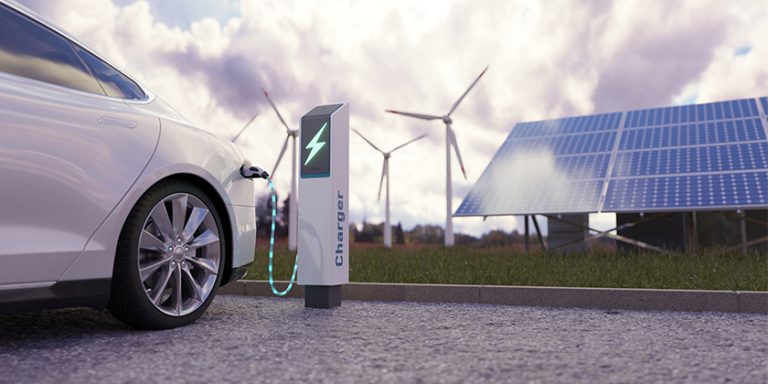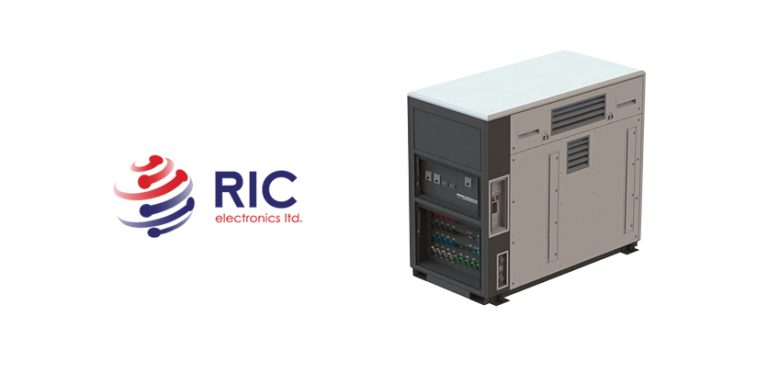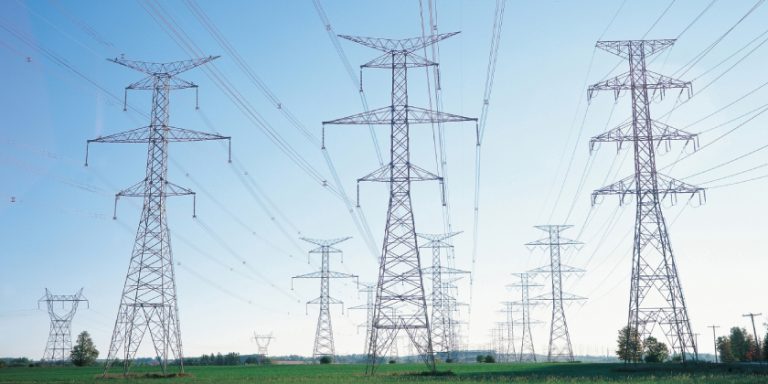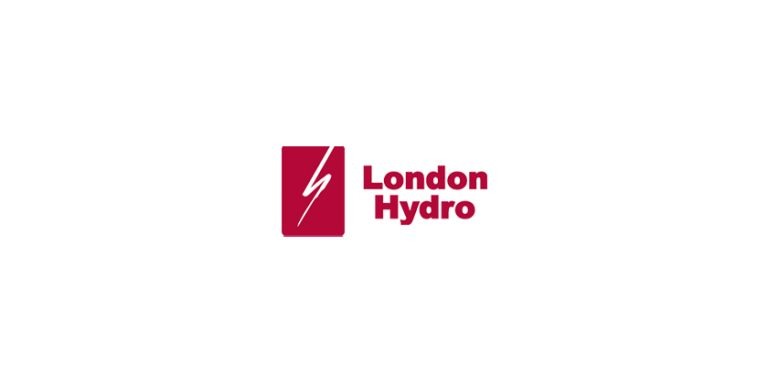Connected Fleets: Supporting Utility Field Workers with the Right Technology

By Jason Falovo — Vice President and General Manager, Canada at Ericsson Enterprise Wireless Solutions

As utilities continue to adopt new technologies to support the delivery of services and meet their customers’ requirements, there’s also a need to look at how technology can help overcome challenges in the field.
As they’re out working to fix critical infrastructure and systems, field crew workers face productivity and safety issues. For example, crews that are trying to resolve a power outage or a service interruption after accidents and storms need to do so as quickly as possible for customers and to meet restoration service level agreements (SLAs), while also ensuring their own personal safety.
While having access to the right technology around the clock can make all the difference for field workers, productivity is dependent upon that technology being accessible and reliable. With that in mind, as more technology finds its way into worker vehicles — from cell phones and two-way radios to mounted laptops — utilities need to take a closer look at how they’re supporting connectivity on service vehicles.
In-vehicle connectivity
Whether they’re replacing high-voltage lines, performing repairs, or installing transformers and underground cables, workers need access to myriad applications and devices they use in their service trucks and vans, which rely on a dependable network connection, no matter their location. At times this can be difficult — for example, workers who are servicing remote areas where there might not be steady cellular service could find themselves without a connection.
Another important factor here in Canada: our four distinct seasons. One Ontario-based utility found that extreme temperatures wreaked havoc on the existing communications hardware it had onboard its fleet, noting that 90 per cent of its network failure problems could be attributed to the environment. As a result, in some cases workers were connecting to cell phones to use as a hotspot for connectivity.
The answer for this Canadian utility was to move to a solution that is specifically designed to endure harsh elements, while supporting other requirements.
Technology built for the field
To help support crews with Wi-Fi and cellular in vehicles, as well as on-board technology, the company installed ruggedized routers. These are built to continue working even in extremely high and low temperatures, with the ability to withstand intense amounts of humidity, movement/shock, dust and water splash. Augmented by high performance roof-mounted antennas, its fleet can achieve secure, reliable, and versatile cellular and Wi-Fi connectivity — both inside and outside of vehicles — that can also be easily managed by the IT team.
Utilities that are servicing remote areas can also leverage ruggedized routers to facilitate active satellite WAN connectivity with cellular failover. For example, SA Power Networks, the only electricity distributor in South Australia, serves 1.7 million customers across 178,000 square kilometers. Some of the areas the company services have very little cellular coverage, which forced crews to drive away from work sites to find an area with coverage to accomplish even the simplest of tasks, such as looking up information, requesting and receiving approvals, or even being able to provide status updates. In addition to wasting workers’ time, delays like these slowed restoration efforts, putting the utility at risk of not meeting restoration SLAs.
Gaining field benefits
The utility’s fleet now uses ruggedized routers for Starlink satellite connectivity as its primary WAN connection, ensuring crews in remote areas can connect when and where they need to. However, if degraded satellite performance is detected by the router, or if there is another issue affecting the signal, service vehicle networks failover to a cellular connection to ensure uninterrupted connectivity. For other utility companies, the inverse could be true. While servicing areas with good cellular coverage, the routers primarily connect to the 5G network. However, failover to satellite can support them when they lose 5G connectivity.
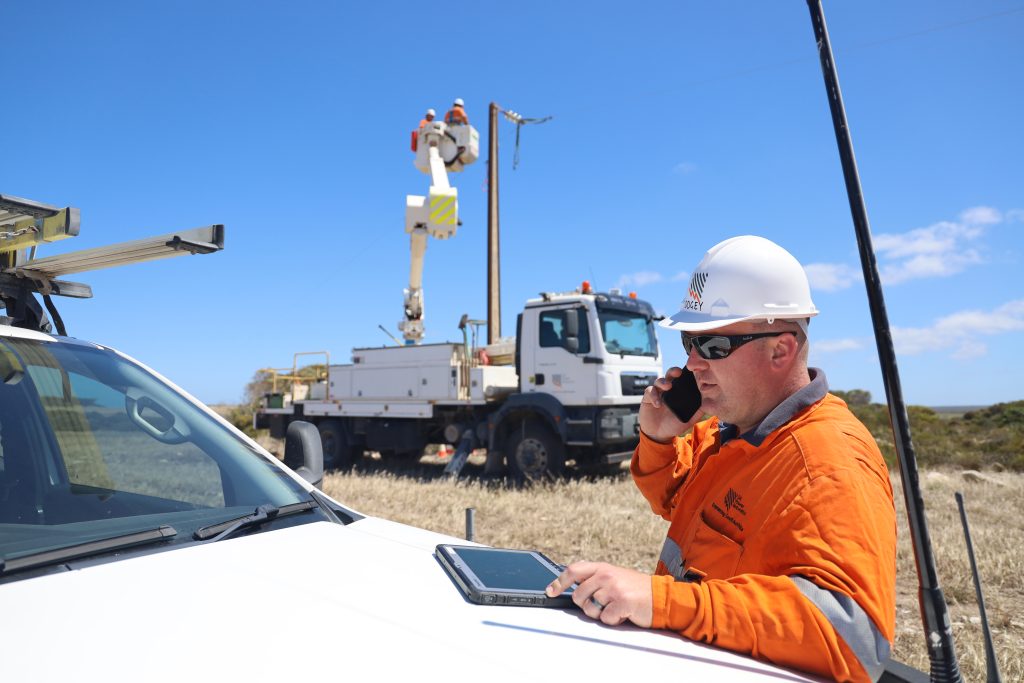
Another consideration when it comes to redundancy is the ability to connect to two carriers at the same time, which is the only way to provide true wireless-to-wireless — or cellular-to-cellular — failover. The automatic switch from one carrier to another occurs almost instantaneously, making a dual modem router particularly beneficial for those driving connected vehicles that travel in and out of different coverage areas. Additionally, it offers coverage if there’s an issue with one carrier’s service, for example.
Reliable and constant network uptime for field crews enables just some of the following:
- More digital tasks can be completed, and on-site decisions made
- Travel time and the use of cell phones as hot spots is reduced or eliminated
- Customer restoration times are sped up
- Contact with field crews in remote areas is more reliable, ensuring their safety
Beyond the router
In addition to the right hardware and devices to empower workers, another imperative consideration when looking at a connected fleet solution is management and network support. In particular, some technology providers offer cloud-based network management platforms and portals, which can seamlessly support IT teams and empower them to be more efficient. For example, through a portal, they could push out firmware updates across the entire fleet at once, as opposed to doing this manually, one vehicle at a time.
These tools also offer the ability to monitor dashboards, create detailed reports, and even quickly diagnose a tech issue — and resolve it — from anywhere. The aforementioned Ontario-based utility’s lean IT team does just this, monitoring connections on vehicles and providing support as needed, without having to bring any of its vehicles back to its headquarters to do so.
Wireless connectivity is at the heart of empowering utility field crew workers with the right support they need to do their jobs quickly, effectively and safely. Finding a partner who will understand your pain points and be able to offer a solution that will not only improve your current situation, but prepare your fleet for the future, is the best first step.



